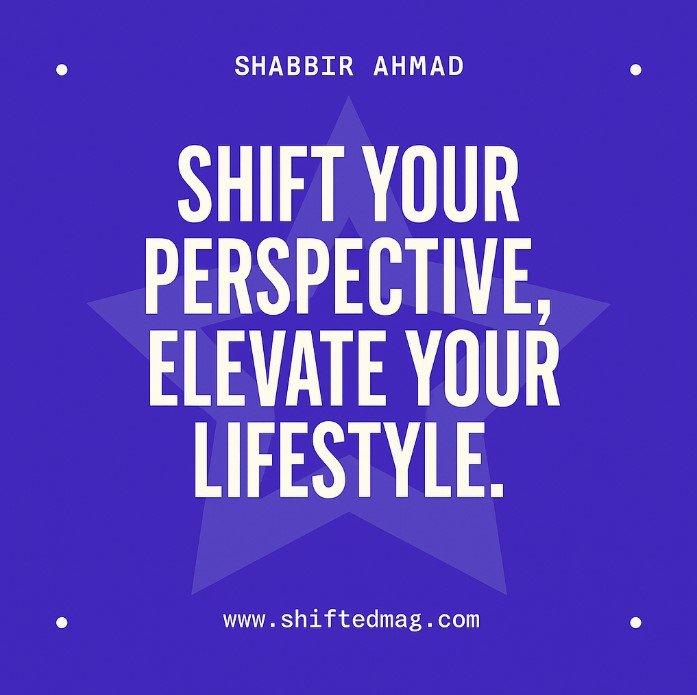Health
How to Use Touch Therapy to Alleviate Anxiety and Stress

This is an increasingly digital world, and the power of human touch has become something of a forgotten art. We scroll through screens rather than hold hands.
We text instead of embracing. Yet touch remains one of our most primal needs—a fundamental aspect of wellbeing that deserves rediscovery.
Touch therapy, in its various forms, offers a pathway back to this essential human connection. It provides relief from the crushing weight of anxiety and stress that characterises modern life.
The gentle pressure of hands against skin creates a cascade of healing responses within our bodies.
I discovered this truth during a particularly difficult period in my life.
My thoughts raced constantly, and sleep evaded me. The world felt overwhelming in ways I couldn’t articulate.
The Science Behind Touch Therapy
Touch therapy works through several physiological mechanisms. When we experience meaningful touch, our bodies release oxytocin. This hormone reduces stress hormones while promoting feelings of trust and bonding.
Simultaneously, the pressure receptors under our skin activate. They send signals to our vagus nerve, which helps regulate our nervous system. This activation can lower blood pressure and heart rate almost immediately.
Research from the Touch Research Institute at the University of Miami has documented these effects extensively. Their studies show that regular therapeutic touch can reduce cortisol levels by up to 31 percent.
The benefits extend beyond mere relaxation.
Types of Touch Therapy

Several modalities fall under the touch therapy umbrella. Each offers unique benefits for managing anxiety and stress:
Swedish Massage uses long, flowing strokes to promote relaxation. It improves circulation while easing muscle tension. This classic approach serves as an excellent introduction to touch therapy.
Deep Tissue Massage targets chronic tension in deeper muscle layers. While sometimes uncomfortable, it provides profound relief for those with physical manifestations of stress.
Shiatsu applies finger pressure to specific points along energy meridians. This Japanese technique balances the body’s energy flow. Many find it both energizing and deeply calming.
Reflexology focuses on pressure points in the feet and hands. These points correspond to organs and systems throughout the body. The practice can trigger relaxation responses in distant body parts.
The Companionship Component
The therapeutic value of touch extends beyond formal techniques. A simple human connection plays a vital role in our emotional well-being.
Some services might arrange for someone to simply sit with you, hold your hand, or offer a reassuring embrace.
For some, an erotic massage experience in London offers a deeper level of touch therapy, blending sensual presence with emotional relief in a safe, professional setting.
This path recognizes that loneliness itself creates stress. They provide a safe space for human connection without judgment or expectation. The healing power of compassionate presence cannot be overstated.
In my work with clients, I’ve witnessed remarkable transformations through this approach. One woman described it as “remembering how to be human again.” Another said it helped him “breathe fully for the first time in years.”
Creating Your Touch Therapy Practice
You needn’t rely on professionals exclusively. Creating a personal touch therapy practice offers tremendous benefits.
Here are some approaches to consider:
Self-massage provides immediate relief during stressful moments. Focus on your temples, shoulders, and the space between your eyebrows. Even five minutes can reset your nervous system.
Partner massage strengthens bonds while reducing stress. You needn’t have technical expertise. Simple, caring touch with focused attention provides the essential benefits.
Weighted blankets simulate the pressure of human touch. They can reduce anxiety and improve sleep quality. Many people find them especially helpful during high-stress periods.
Pet therapy offers another avenue for meaningful touch. The rhythmic stroking of a cat’s fur or the warm weight of a dog against your leg activates similar neural pathways as human touch.
Mindfulness and Touch
The effectiveness of touch therapy multiplies when combined with mindfulness. As you receive or give touch, focus completely on the sensation. Notice temperature, pressure, and texture. Observe how your body responds.
This mindful approach prevents your thoughts from wandering to worries or to-do lists. It anchors you firmly in the present moment. The combination creates a powerful antidote to anxiety’s future-focused ruminations.
Virginia Woolf captured this concept beautifully in “To the Lighthouse” when she wrote about moments of being. These are instances when we fully inhabit our sensory experience. Touch therapy creates such moments reliably.
Cultural Perspectives on Therapeutic Touch
Different cultures approach touch with varying attitudes and practices. Many Eastern traditions have incorporated therapeutic touch into healthcare for millennia.
Thai massage, for instance, evolved from Ayurvedic and traditional Chinese medicine.
In Finland, the tradition of social saunas includes elements of touch therapy. The practice of gently striking the skin with birch branches (known as vihta) stimulates circulation and releases tension.
Japanese forests offer “forest bathing” (shinrin-yoku), which includes touching trees and plants. Research shows this practice reduces stress hormones and blood pressure. It reminds us that therapeutic touch extends beyond human-to-human contact.
Overcoming Touch Aversion
For some, particularly those with trauma histories, touch can trigger anxiety rather than relieve it. If you experience touch aversion, approach touch therapy gradually and with professional guidance.
Begin with less intimate forms of touch, perhaps focusing on hands or feet. Communicate boundaries. Remember that therapeutic touch should always feel safe and consensual.
Many find that working with a professional London companion specialist helps navigate these challenges. These experts understand the complexities of touch aversion. They create environments where healing can occur at your own pace.
Integrating Touch Therapy Into Daily Life
The most effective approach to touch therapy incorporates it into your routine.
Consider these practical suggestions:
Schedule regular massage appointments as preventative care rather than crisis intervention. Consistency yields the greatest benefits.
Create morning and evening rituals that include self-massage. Even brief sessions signal to your nervous system that it’s safe to relax.
Offer hugs to friends and family when appropriate. Research shows that 20-second hugs provide the most significant stress-reduction benefits.
Join a partner dance class. Forms like contact improvisation teach mindful touch in a structured, supportive environment.
The Future of Touch Therapy
As our understanding of neuroscience advances, touch therapy gains increasing recognition in mainstream healthcare.
Hospitals now employ massage therapists for pre-surgical anxiety and post-operative recovery.
Virtual reality may soon complement physical touch therapy. Researchers are developing haptic feedback systems that simulate therapeutic touch for those unable to access in-person services.
The field continues to evolve, but the fundamental principle remains unchanged. Human touch, offered with presence and compassion, heals in ways that medications cannot.
Conclusion
In a world that often values digital connection over physical presence, touch therapy offers a vital counterbalance. It reminds us of our embodied nature and our need for human contact.
Whether through professional services, partner practices, or self-care routines, therapeutic touch provides powerful relief from anxiety and stress. It returns us to ourselves when the world pulls us away.
As you explore this healing modality, approach it with curiosity and patience. Notice what forms of touch bring you comfort. Honor your boundaries while remaining open to new experiences.
The language of touch speaks directly to our nervous systems. It tells us we’re safe, valued, and connected. In that assurance lies profound healing—a quiet revolution against the isolation of modern life.
-

 Tech2 months ago
Tech2 months agoSora 2 Invite Code: How to Get One (Step-by-Step Guide)
-

 Fashion2 months ago
Fashion2 months agoWhy You Should Invest in Classic Clothing Over Short Trends
-

 Tech2 months ago
Tech2 months agoThe Role of Integrated Automation Solutions in Smart Manufacturing
-

 Tech2 months ago
Tech2 months ago5 Practical Ways to Spot Fake or Unreliable PoS Terminals






